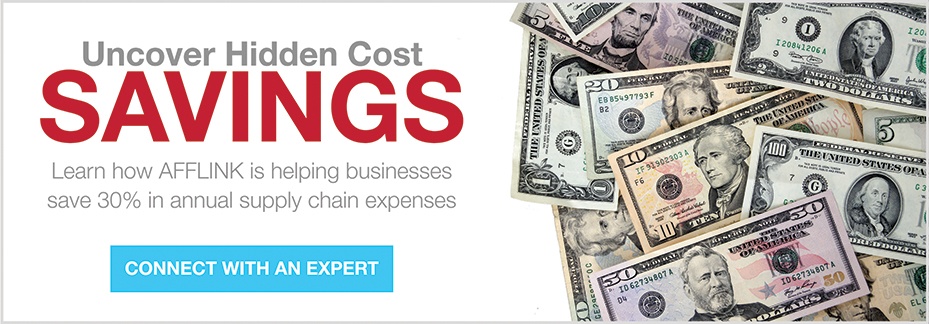
Before beginning any building maintenance and repair work, it's vital that you protect yourself against accidents. Slip and fall incidents are very prevalent in the US, costing employers an estimated $40,000 with each injury case. According to OSHA, these incidents account for 15% of accidental deaths with 19,565 individuals dying every year.
Falls can also cause other serious injuries, such as broken bones, fractures, brain injuries, and long-term bodily trauma and medical complications. This week kicks off National Safety Month and we’re beginning with fall safety. Don’t become one of the millions of Americans who gets hurt in a slip, trip, and fall accident. Follow our maintenance safety checklist to help prevent accidents:
1. Stay Alert Stay Alive
First thing's first: don't start a new repair job in building maintenance without consulting your maintenance safety checklist. Begin by mapping out your surroundings. Are there any visible hazards or risk factors? Do certain areas seem unsafe? Assess and deal with these threats before you do anything else. If your environment isn't safe, try to secure it. But if you are unsuccessful, alert your higher ups. It’s also a good idea to stay aware and alert throughout the project's duration.
2. Secure the Area
Keep your area secure at all times. If a spill occurs, clean it up right away. Don't leave a wet or slippery area unattended, because someone could slip and become injured. Also, use proper signage to warn others if there’s a wet or recently wet spot. Finally, debris and clutter should be cleared. Wires must be tapped down, all opened drawers must be closed, and any uneven carpeting or flooring requires securing.
3. Dress For the Job
The third item on our maintenance safety checklist is what you’re wearing. Protective footwear is key. Workers should always wear shoes with slip-resistant soles. Their footwear must also be durable, in case a tool or debris lands on them.
Besides using slip-resistant footwear, a worker should also wear protective clothing and eyewear. Most companies recommend the following safety items: a hard hat, safety glasses, and resistant gloves. In terms of clothing, your arms and legs should remain fully covered while working. Ask your employer if other protective items are needed before you start a new job.
4. Tread Carefully
While walking, take your time. There's no need to rush across slippery or uncertain surfaces. Adjust your stride accordingly, move widely around corners, and keep your boots angled in a slight "V" while walking.
5. Light the Job
To stay safe, workers need to be able to see their surroundings clearly. Ensure the lighting is strong enough and that there's no surface glare. Poor lighting is a common cause of trips.
6. Ask for Assistance
When you're assigned to complete tasks in a new building or area, ask questions before you begin work. Raise any concerns you have, either with your employers or with a colleague who is already familiar with the environment. Especially, if you don’t have the right safety supplies.
Remember, it's always better to be safe than sorry! To keep these steps fresh in your mind, consult your maintenance safety checklist before beginning any new repair job. If you have safety concerns, reach out to your employer and make sure the necessary precautions are taken. Your health is irreplaceable. Don't put yourself at risk for falls and other grievous situations.

About Michael Wilson
Michael Wilson is AFFLINK'S Vice President of Marketing and Communications. He has been with the organization since 2005 and provides strategic leadership for the entire supply chain team. In his free time, Michael enjoys working with the Wounded Warrior Project, fishing, and improving his cooking skills.





